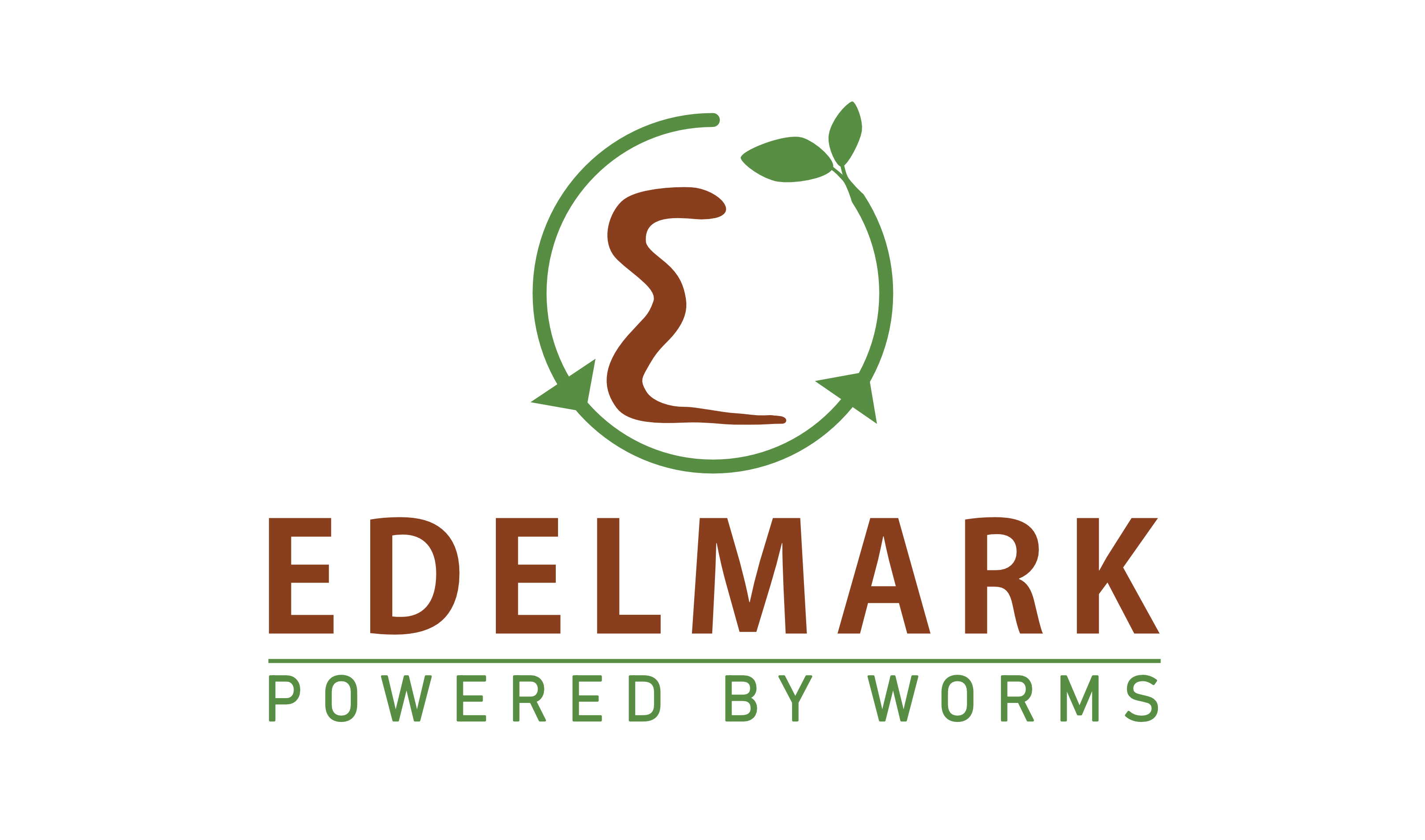How to Compost
Composting can be undertaken both in a small and/or a larger scale. However, the principle behind the different methods of composting is almost similar. Actually Composting is a process that takes place naturally in the decomposition of organic matter. In a composting process there are some factors/conditions that we need to carefully manage.
These factors include the carbon to nitrogen ratio of the organic material to be decomposed, moisture content, ventilation, temperature and surface area of the organic material.
In relation to the carbon to nitrogen ratio, generally speaking, a ratio of 2:1 Carbon rich: Protein rich organic materials are considered to be ideal. Whereas, in connection with moisture content, it is very important that we keep the moisture content balanced, meaning the composting heap should not be too dry or too wet. Moisture is one of the most important factors that affect the microorganisms involved in the composting process. The ideal moisture content of Organic materials, in conventional composting systems, is about 40 to 60%.
On the other hand, the optimal temperature requirement for composting ranges between 15 to 55 0C in the whole composting process. Just in few days after we started composting, the temperature can raise up to 55 degrees if all the other conditions are fulfilled. However, towards the maturity phase of the composting process, the temperature decreases slowly and can reach between 15 to 20 degrees. Oxygen is also a very important factor in composting.
Because of the fact that the composting microorganisms, especially the bacteria, are living organisms that require enough oxygen it is very important that we should hav a very careful follow up of the oxygen content in the composting heap. To provide oxygen in the composting process, we need to turn the heap at least twice a week. This turning will supply enough oxygen to the microorganisms in the composting process.
The last but not the least factor in composting is surface area. More surface area fastens composting process. For that reason we have to make sure that the organic material that we are composting is in small pieces
How to brew compost tea
Compost tea, which is a liquid fertilizer and disease suppressor material, can be prepared by soaking small amounts of good quality compost in water. Actually other ingredients such as molasses can be added to feed the microorganisms, and then supplied with enough oxygen for one to two days.
To brew compost tea, we need a bucket (preferably plastic) and an air pump that produces bubbles. The air pump should be connected with air bubblers known as air stones).
Making compost tea without the aeration equipment is somewhat meaningless. If the tea is not aerated constantly, it will start to stink and become anaerobic. Because of the fact that the goal of making compost tea is production of a liquid fertilizer that contains the required amount and type of beneficial aerobic microorganisms, pumping oxygen into the brewing system is mandatory.
Making compost tea is not a complex process. It is simple and can be made right at home using a good compost. What is very important is that the compost that we use for making compost tea should be of good quality from known source.

